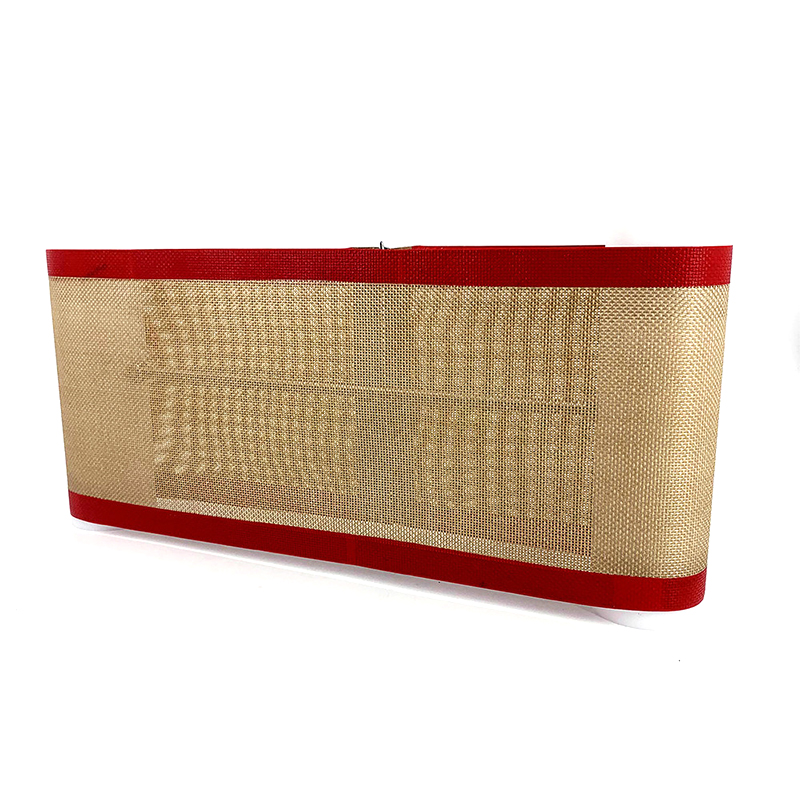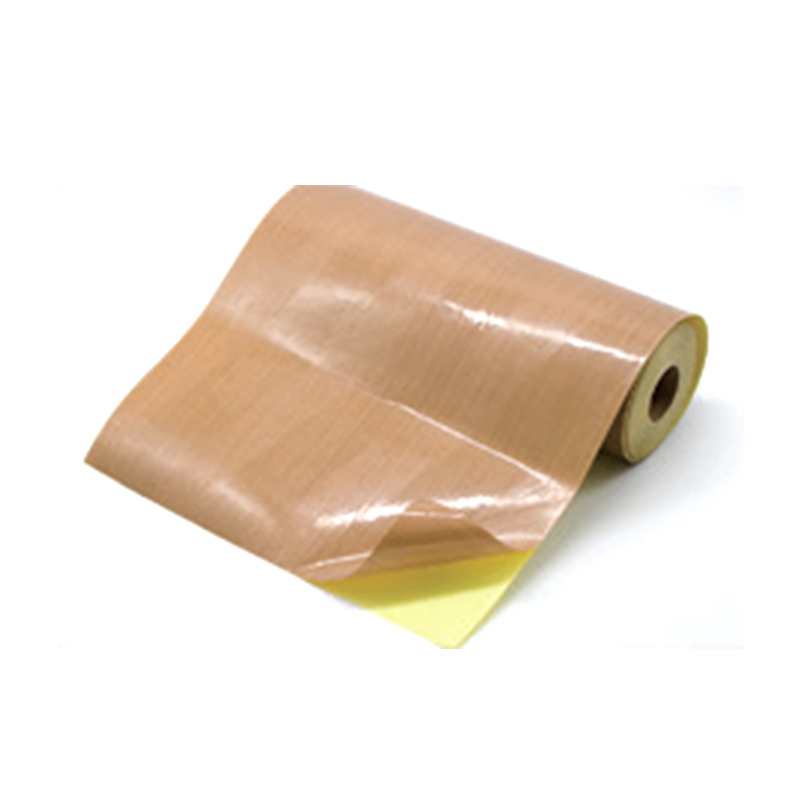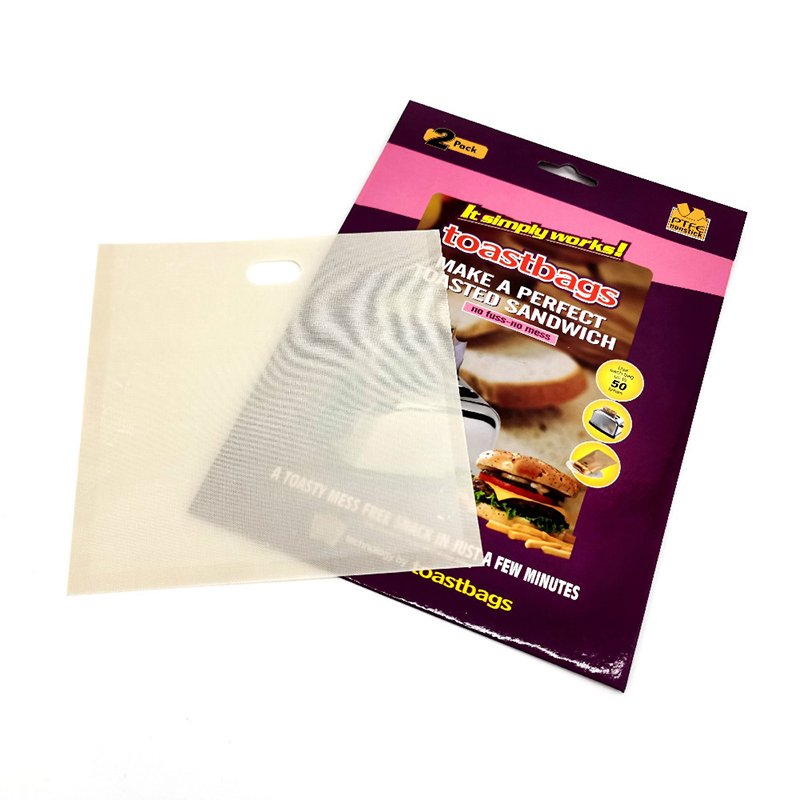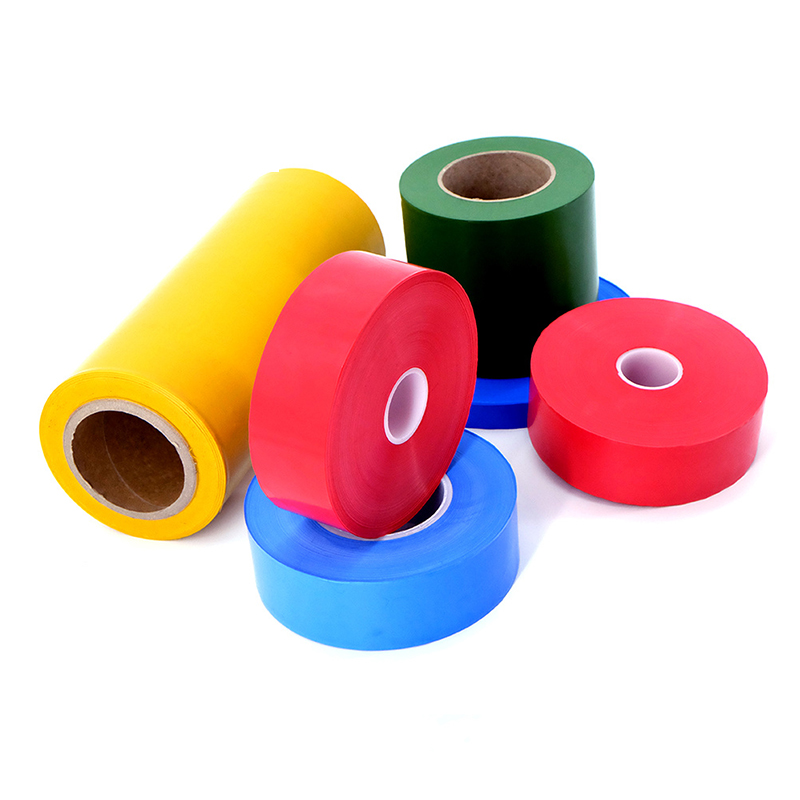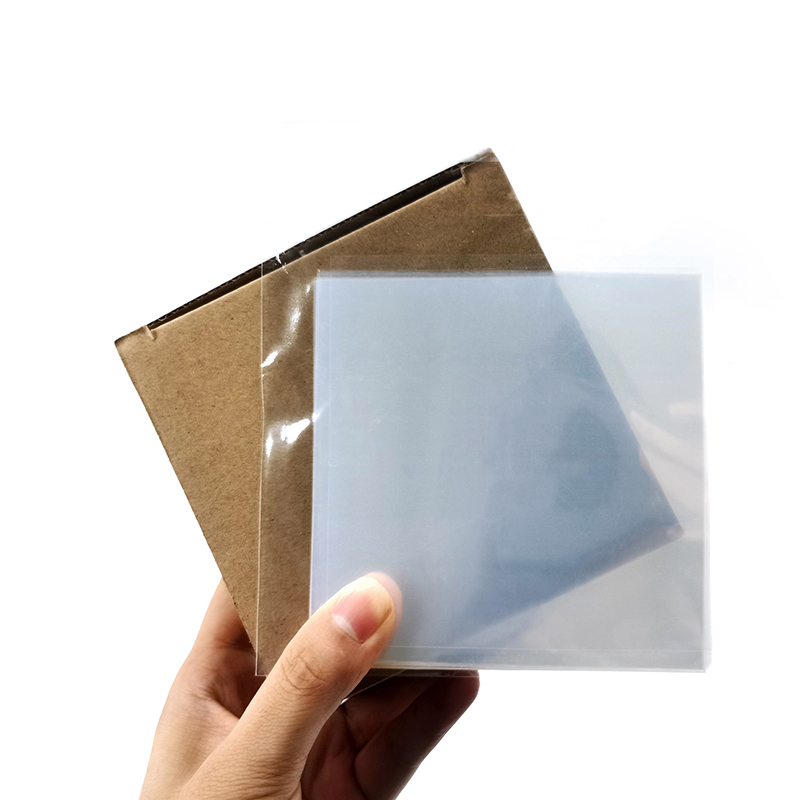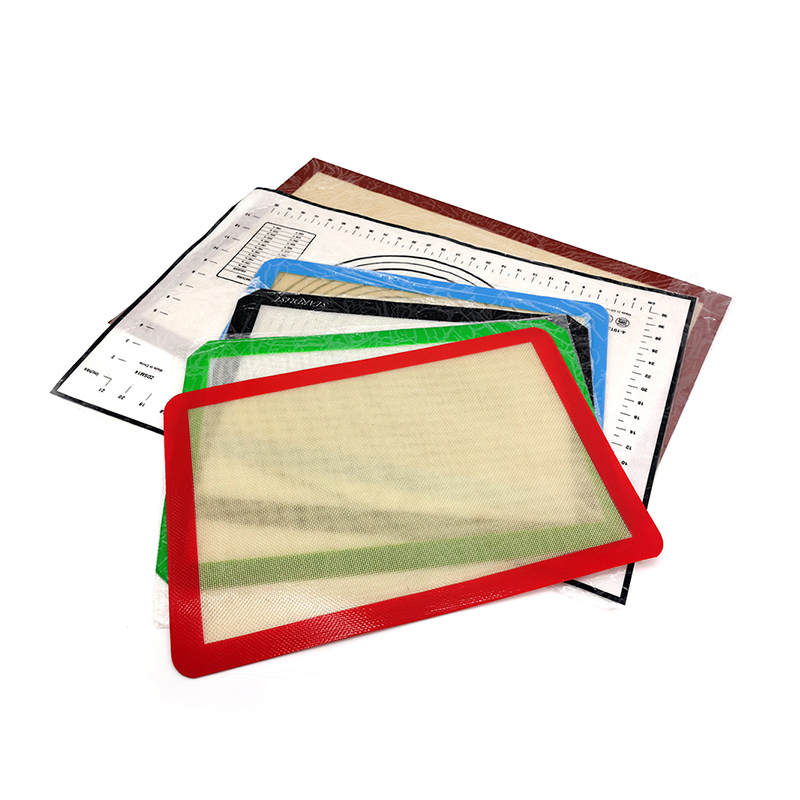Unveiling the Core Characteristics of PTFE Fabric: Why It Excels in Extreme Conditions
Polytetrafluoroethylene (PTFE) fabric represents a high point in material engineering, purpose-built to perform under extreme conditions. Typically, this fabric is made from a fiberglass base reinforced with a PTFE polymer coating — a combination that merges the strength of the substrate with the outstanding chemical and physical properties of the fluoropolymer surface. The material’s strong carbon-fluorine molecular bonds give it a unique range of advantages that few materials can match. Understanding these properties helps explain why PTFE fabric has become the preferred solution across diverse industries such as aerospace, architecture, food processing, and chemical manufacturing.
The Science Behind the Performance
PTFE fabric’s exceptional performance is no coincidence — it stems directly from the chemistry and structure of the material itself. Its defining traits include remarkable temperature resistance, outstanding chemical inertness, and superior non-stick and low-friction characteristics.
The fabric can operate continuously from -200°C to +260°C (-328°F to +500°F) without softening, cracking, or degrading. Chemically, it is nearly inert and unaffected by almost all industrial chemicals or solvents. Its extremely low surface energy gives it excellent release and non-stick properties, making it ideal for applications where contamination, buildup, or material adhesion would be unacceptable.
This combination of thermal stability, chemical resistance, and non-stick performance ensures that PTFE fabric continues to perform reliably in environments where most other materials would quickly fail.
Exceptional Thermal and Chemical Stability
The durability of PTFE fabric is most evident in its ability to withstand both extreme heat and aggressive chemical exposure. Unlike many polymers that may deform or emit toxic fumes when exposed to high temperatures, PTFE fabric remains dimensionally stable and non-toxic, making it suitable even for food-contact environments.
Its chemical inertness is equally impressive. Thanks to the fluorine atoms that surround the carbon backbone, PTFE is shielded from attack by strong acids, bases, and solvents. When compared with another high-performance polymer, Polyimide (PI), PTFE’s advantages become clearer:
| Property | PTFE Fabric | Polyimide (PI) Film |
|---|---|---|
| Continuous Use Temperature | -200°C to +260°C | -269°C to +260°C |
| Chemical Resistance | Excellent; resists almost all chemicals | Good, but less resistant to strong acids and bases |
| Non-Stick Property | Excellent | Fair to Poor |
| UV & Weather Resistance | Excellent | Poor; needs UV protection |
While both materials handle high heat, PTFE is superior in non-stick behavior, chemical resistance, and outdoor durability.
Diverse Industrial Applications
PTFE fabric’s combination of physical and chemical resilience has made it indispensable across many industries. From improving process efficiency to extending service life, it provides a reliable, cost-effective solution for complex engineering challenges.
High-Temperature Filtration and Conveyor Systems
PTFE fabric plays a key role in industrial filtration systems, especially baghouses used in power plants, cement production, and metal processing. In these settings, the fabric withstands high temperatures, abrasive dust, and chemical exposure that quickly destroy conventional filters.
Its non-stick surface prevents dust clogging, known as “blinding,” and significantly extends filter life while reducing maintenance downtime.
Similarly, PTFE-coated conveyor belts are ideal for processing sticky or hot materials such as dough, candy, or adhesives. Their low surface energy prevents sticking, minimizes product loss, and allows continuous, clean production without frequent shutdowns.
Architectural and Construction Innovations
PTFE-coated fiberglass has redefined modern architecture through its use in tensile membrane structures — the striking, lightweight roofs seen in stadiums, airports, and atriums.
The material’s durability, self-cleaning ability, and flame retardance make it ideal for permanent installations. Rainwater naturally beads on the surface, washing away dirt and keeping the structure clean with minimal maintenance.
In addition, PTFE membranes allow soft, diffused daylight to pass through, reducing artificial lighting needs. With proven lifespans exceeding 25 years, PTFE fabrics demonstrate outstanding UV resistance and long-term weatherability unmatched by most plastics or coatings.
Specialized and Niche Applications
Beyond large-scale industrial use, PTFE fabric also excels in specialized roles where performance demands are unusually high — from precision composite molding to sealing and insulation in harsh environments.
Release Sheets for Composite Manufacturing
In industries such as aerospace, automotive, and renewable energy, PTFE release sheets are essential during composite molding. They ensure clean, easy demolding without surface defects or residue contamination.
Compared with silicone sprays or polyester films, PTFE sheets provide a smoother release, are reusable, and prevent contamination that might affect painting or bonding in later processes.
Sealing and Insulation Under Extreme Conditions
PTFE fabric gaskets and seals are widely used in chemical processing, pharmaceuticals, and oil and gas applications where traditional materials fail.
Unlike rubber seals that swell or degrade under chemical attack or heat, PTFE seals remain stable and maintain sealing performance over long periods.
The material is also used as electrical insulation thanks to its high dielectric strength and resistance to surface tracking, ensuring safety and reliability even in wet or corrosive environments.
Why Choose PTFE Fabric: A Strategic Investment
Choosing PTFE fabric is more than a materials decision — it’s a long-term investment in operational stability, safety, and performance. The benefits go well beyond technical data, translating into measurable savings and reliability gains.
The Long-Term Value Proposition
While PTFE-based components may cost more upfront than standard materials, their total cost of ownership is significantly lower. Key advantages include:
- Extended Service Life: Exceptional resistance to heat, weather, and chemicals means fewer replacements and lower lifecycle costs.
- Reduced Maintenance Downtime: Non-stick and self-cleaning properties minimize cleaning frequency and production stoppages.
- Enhanced Process Efficiency: Smoother conveying and better product release improve throughput and product quality.
- Improved Safety: Natural flame resistance and chemical inertness reduce risks from fire, corrosion, or contamination.
Taken together, these advantages make PTFE fabric not just a durable material, but a strategic asset that enhances performance, reliability, and profitability across industries.



 English
English Español
Español русский
русский
